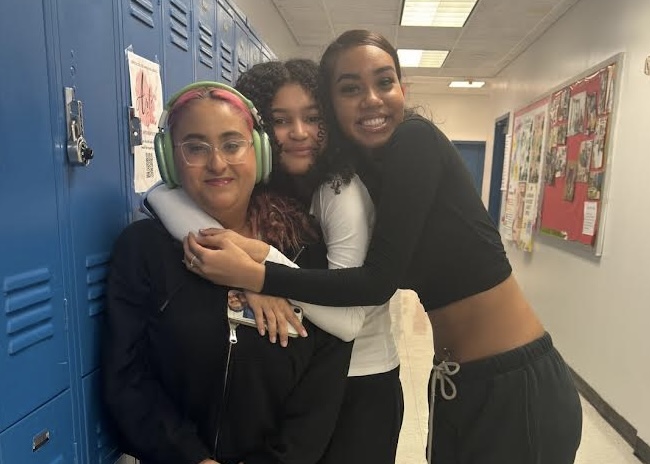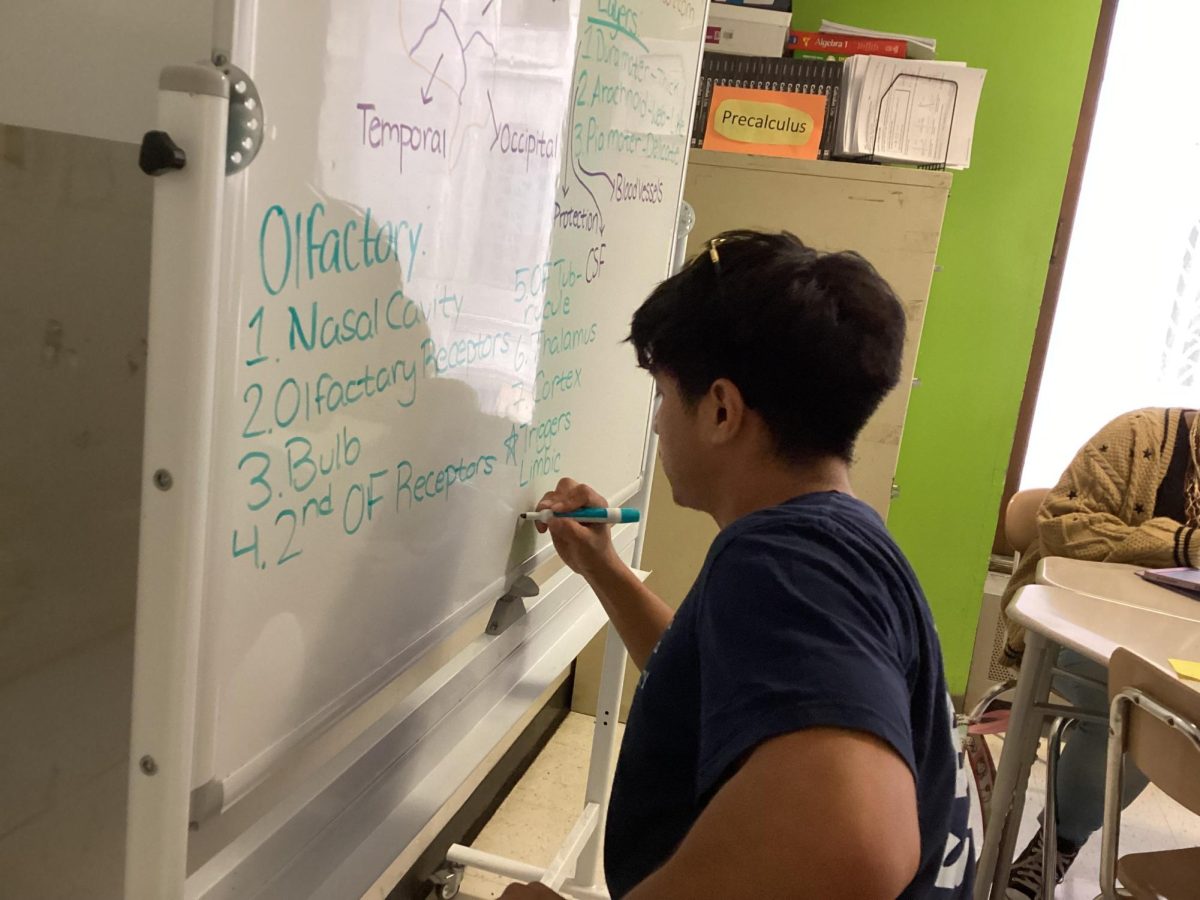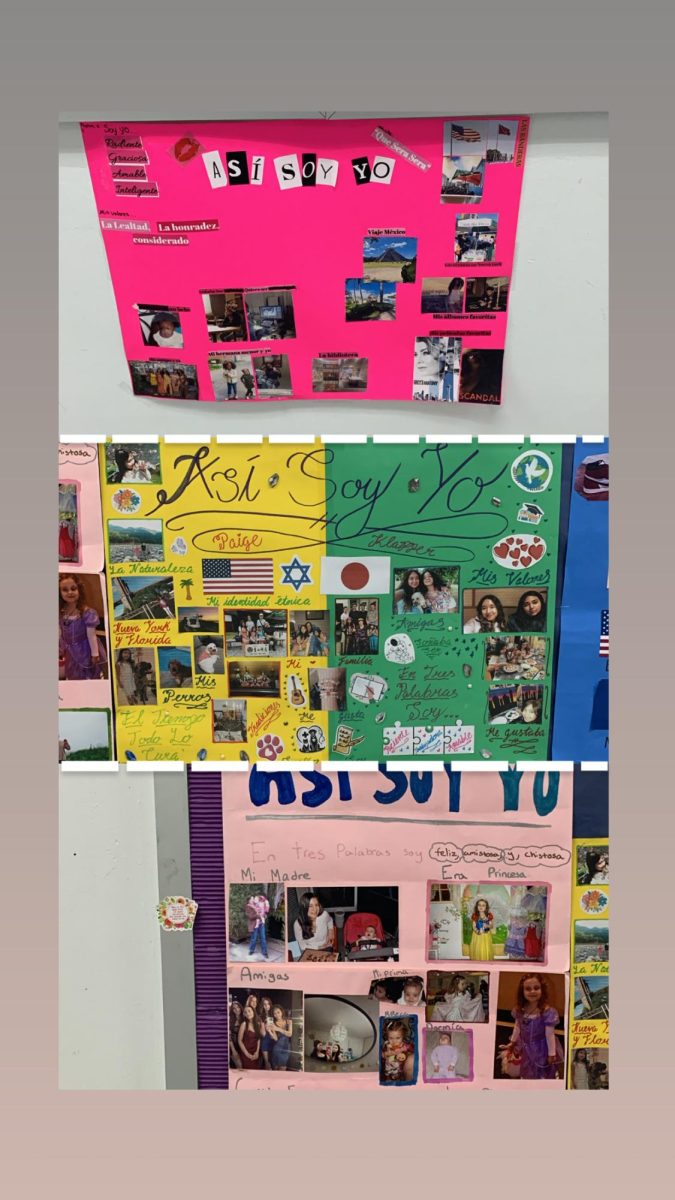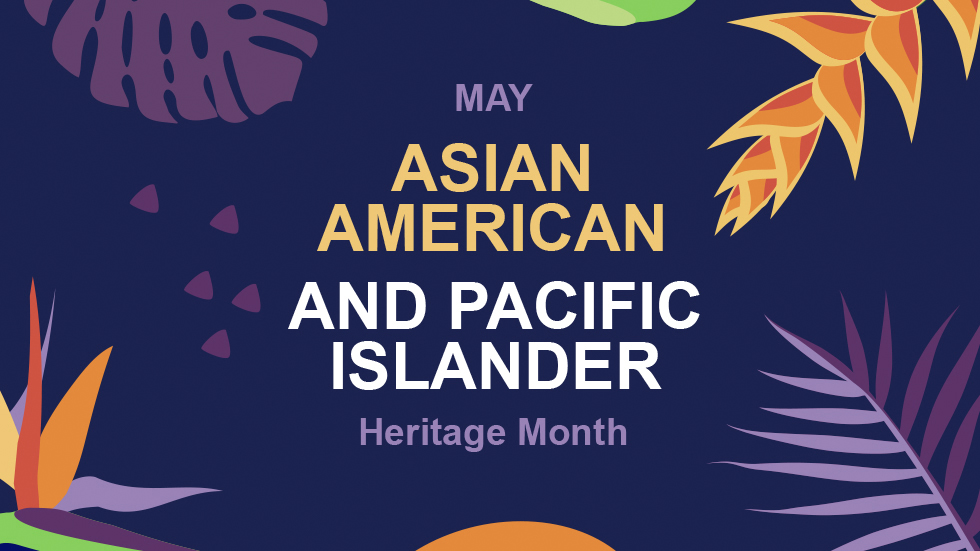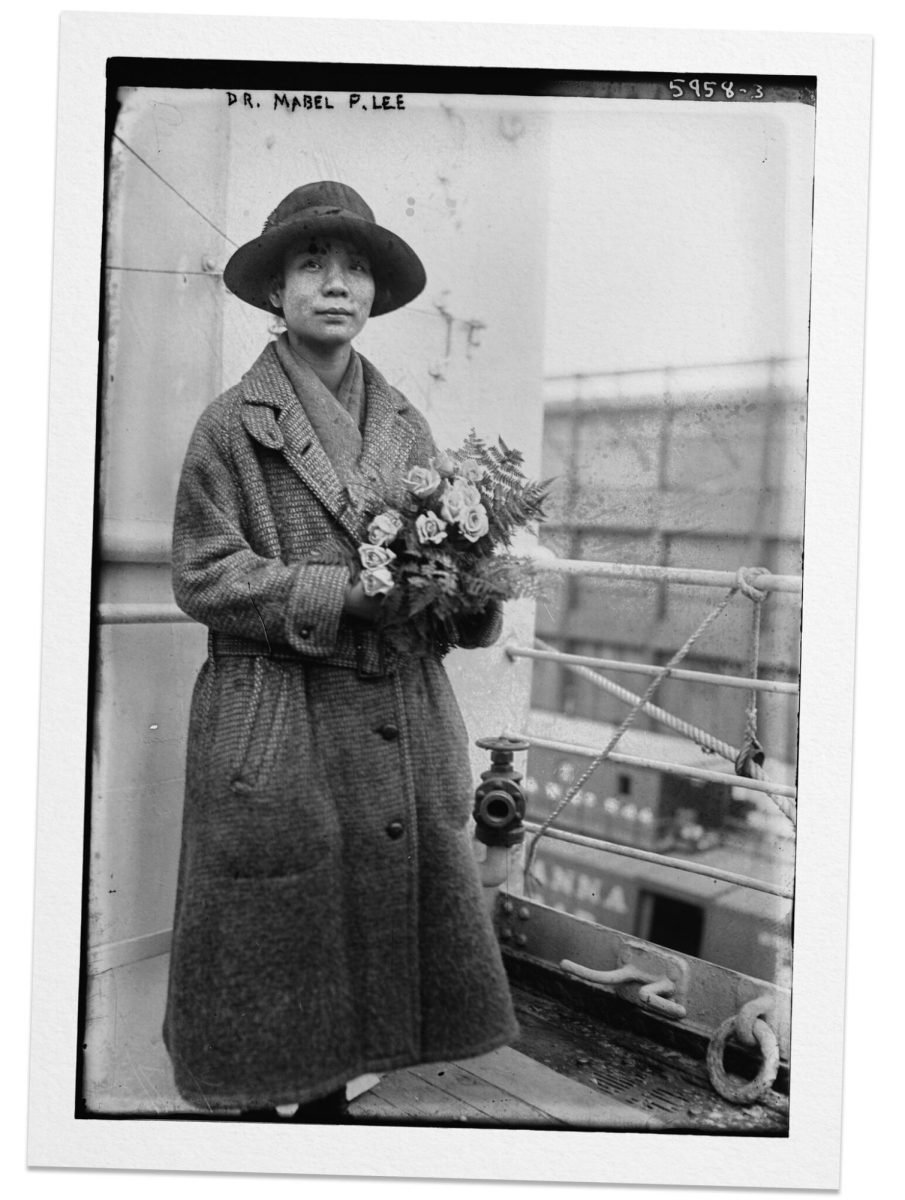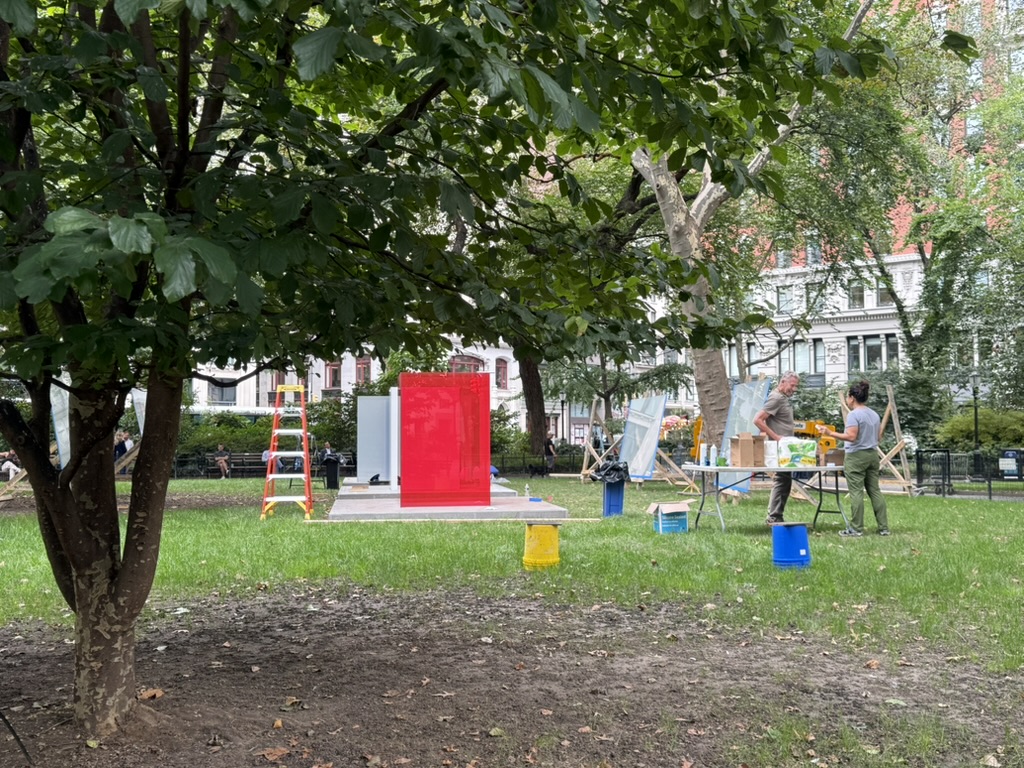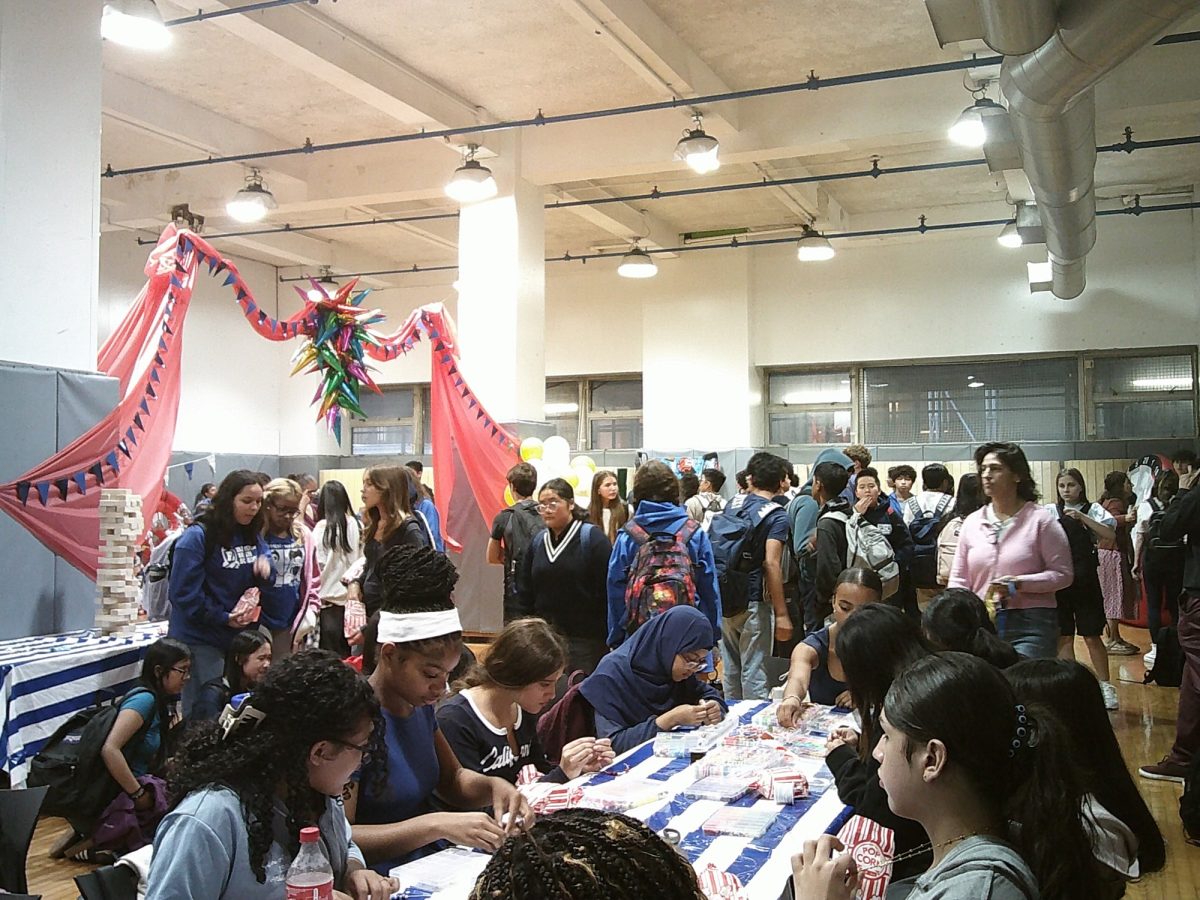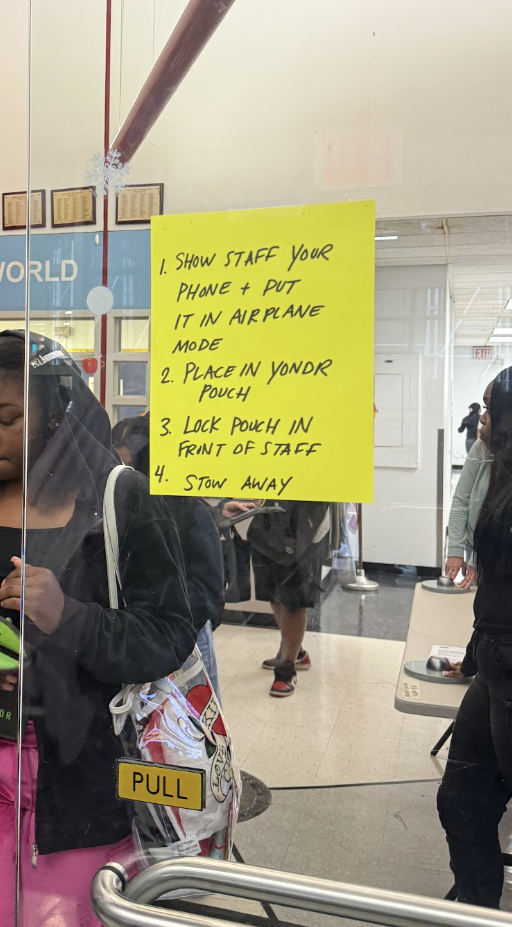Being Caribbean is different for everyone. Caribbeans all have different aspects of their culture. Caribbeans have different foods, cultural clothing and the way they think is different altogether. Baruch isn’t as diverse as many would like it to be, but the demographics are changing and students think that it’s good they have been able to find a sense of community with each other.
Being able to find people to relate to within a predominantly white and Asian school can be a struggle, but many Baruchians have found a way to cope with that: reaching out to peers with similar backgrounds. And for many Caribbean students here, being in touch with their culture is essential.
Junior Sarah Eyre, a Guyanese-Trinidadian student lived in Georgetown, Guyana until the age of five. Her mother was born in Guyana and her father was born in Trinidad. There was somewhat of a struggle adapting to the US, but she was able to make it work.
“Coming to this country was hard because my accent was different and the way of life was much more advanced but with time I adapted,” she said.
She continues to embrace her country’s culture despite being here. She brings the food that her mother cooks to school, but some classmates have questions about her meals since they’re not used to it. Even though there are questions and faces, her friends never hesitate to eat her food.
Eyre has friends from many different backgrounds and they all have different cultural foods and taste buds.
“I never felt judged bringing my mom’s food for my friends,” said Eyre. That’s how she finds community between the Caribbeans in Baruch: feeling like she’s not judged when bringing in food from her culture.
Junior Mariannie Duran is a Dominican student who has always felt more connected to her Dominican identity than her American identity. She came to New York at the age of seven and has visited the Dominican Republic every year since then.
“It was like I never left DR, I go back at least one-two times every year,” she said.
Although she spends more of her time in America, she continues to be very in touch with her Dominican side. Duran is always speaking Spanish in school and promoting others to do so as well. At home, Dominican dishes are the only thing being made in her household such as mangu and plantains.
Duran bonds with people very well when she tries to teach others Spanish. She is always suggesting shows for her peers to watch in the language. She finds a sense of community in knowing people want to learn her mother tongue.
“Knowing people want to and try to learn Spanish shows how much closer Caribbeans are than we’d like to admit,” said Duran.
She always brings her food to school for lunch, which is sometimes a struggle due to the questions that come with it. Despite this, it doesn’t stop her from embracing her culture. She finds a sense of community within Baruch especially since Hispanics make up the greater portion of the Caribbean population at Baruch.
Junior Leah Rivera, another Hispanic Caribbean, was born in Puerto Rico and came to New York when she was five. She is the child of Puerto Rican and Dominican parents. Although she is from both places, she has always felt more in tune with her Puerto Rican side.
She visits Puerto Rico frequently and only speaks Spanish at home. Rivera has never felt judged about her food since she brings it for many students in Baruch frequently. She is especially known for her famous tres leches cake.
Rivera is very friendly with those in her grade, and she said “It wasn’t very hard finding a sense of community in Baruch.” She felt that she automatically clicked with every Caribbean student in the school. She likes that they all come together to embrace our culture in Baruch from dances to shows.
Caribbeans in Baruch typically welcome students–all students–with wide arms. They know what it’s like to feel judged and different and wouldn’t want to do it to anyone else. Baruch isn’t yet as diverse as many would like it to be, but Caribbeans make it work. They find ways to come together and honor their culture.


